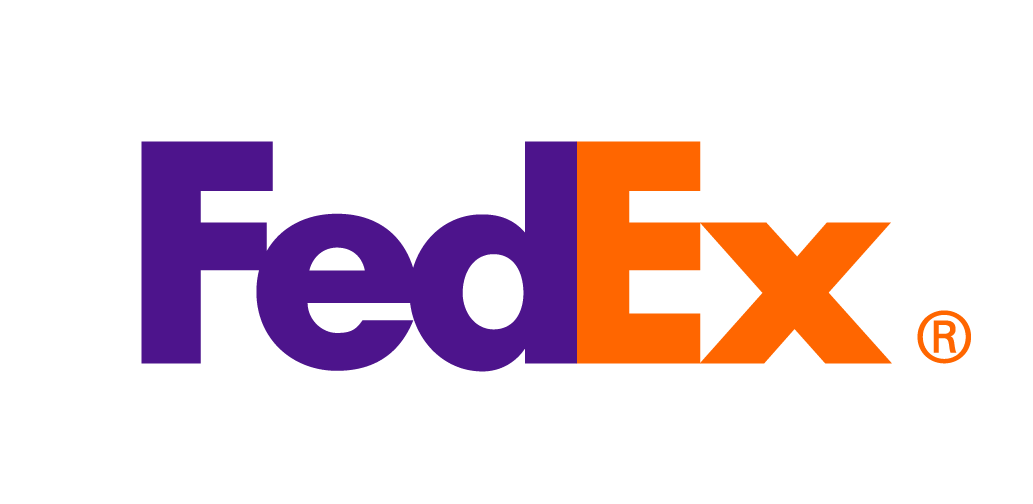
Securing proper funding is a major barrier for many entrepreneurs starting a small business. While there are numerous financial support options, like obtaining loans from financial institutions, these avenues don’t always yield results. Consequently, entrepreneurs are increasingly turning to alternative investment forms, such as microlending.
Many entrepreneurs believe that microlending is only a funding option for projects in developing countries. However, in 2021 alone, the Small Business Administration Microloan Program issued 4,510 microloans nationwide. Microfinance has been proven to work in the United States as many microlenders provide pro bono consulting and training along with a loan, making microfinancing a great option for entrepreneurs just starting out. Here’s what you need to know about this financing model.
[Read more: Crowdfunding Success Before, During, and After Your Campaign]
What is microlending?
Microlending, also known as microcredit, is a type of funding in which small loans are issued by individuals, rather than banks or other credit institutions. These loans can be used by entrepreneurs or business owners to get their ideas off the ground or to expand their business with a little extra cash. In that sense, microlending isn’t all that different from a small business loan.
Where microlending is unique is in the intent behind the loan. Traditional lenders may seek to earn a profit on their loans by charging interest or fees. Microlenders are interested in investing in the development of an idea or business. The main goal of a microloan is to help a small entrepreneur who may not have access to traditional funding and would not otherwise be able to borrow money.
As such, many microlenders are mission-based: They offer loans from nonprofit organizations or government programs that aim to help disadvantaged communities. Along with loans, microlending bodies will also provide coaching and training to build a strong business foundation. In turn, this helps ensure that the borrower is eventually able to pay back their loan.
Globally, the size of a microloan varies. In the United States, the Small Business Administration (SBA) classifies anything under $50,000 as a microloan. Microloans can be as small as $25 or $50.
How does a microloan work?
If you have bad credit or no credit, microloans may be an option. They are designed for communities that are often excluded from traditional funding options: minorities, women, veterans, freelancers, consultants, sole proprietors, and new startups with only a few employees.
Each microlender will have different requirements and loan terms; but, in general, a microlender will evaluate applicants’ credit scores, business revenue, other sources of income, business plan, and the duration of time they’ve been in business to assess whether they’re a good candidate for their loan program.
Small businesses can use microloans for a variety of activities — not just to get started. Some common uses for microloans include:
- Buying inventory or supplies.
- Covering payroll or employee training costs.
- Paying for seasonal expenses.
- Investing in a new marketing strategy or campaign.
- Recuperating from a crisis that impacted business.
- Operating capital.
However, businesses are not allowed to utilize microloans for settling or restructuring existing debts; in such cases, a business should seek a personal loan. Businesses cannot use a microloan to purchase real estate either, per the SBA.
As compared to traditional loans, microloans tend to have lower interest rates and are more flexible in terms of qualification requirements. They come with longer payback periods, sometimes up to six years. But, in cases where a business is unable to repay the loan — a risk microlenders take when providing funding — collateral is required.
The benefits
Microlending is an accessible option for entrepreneurs who may not have adequate credit or are considered high-risk borrowers. Many new businesses don't have a previous history or a demonstrated record of success, yet microloans afford these entrepreneurs the chance to expand their ventures. This can help to open doors for entrepreneurs who previously have been underserved, leading to increased diversity and innovation in the business landscape.
Additionally, microloans can aid small businesses in improving their credit scores, as these loans provide essential working capital that helps businesses establish themselves. By consistently making timely payments, businesses not only build but also improve their credit standing.
The drawbacks
While microloans afford entrepreneurs new opportunities for success, they can also be a hindrance if business owners don’t understand their stipulations. For instance, as opposed to other funding options such as online marketplaces, microloans often have a longer time frame for disbursing funds, ranging from 60–90 days. On top of that, many microlending programs have low borrowing thresholds — often up to $50,000, although many microlenders issue loans below this threshold — and that may not be sufficient to establish a new business.
Additionally, microloans frequently require businesses to put up some form of collateral or personal guarantee. This can be a dangerous proposition for business owners, as they risk losing personal assets if they are unable to repay the loan.
The main goal of a microloan is to help a small entrepreneur who may not have access to traditional funding and would not otherwise be able to borrow money.
Top microlending sites
Explore some of these microlenders to see if any of their loan options are a good fit for you. Many microlenders are state- or region-specific. The SBA also maintains a list of microlending partners by state.
- The SBA Microloan program.
- Accion USA.
- Grameen America.
- LiftFund (serving 13 states in the southern United States).
- Kiva U.S.
- Pursuit (previously known as Excelsior Growth Fund).
- Accion Opportunity Fund (California and Nevada).
- Justine Petersen.
- CDC Small Business Finance Corp. (California, Arizona, and Nevada).
- Main Street Launch (San Francisco Bay Area).
Alternately, Prosper and LendingClub are peer-to-peer options that mimic crowdfunding sites like GoFundMe. Peer-to-peer microlending is a model where the site connects individuals who provide small-size loans to businesses in need.
[Read more: How to Create a Successful GoFundMe Campaign]
How to get a microloan
A microloan can be a great option for entrepreneurs who are seeking funding for their new business, particularly those who have exhausted all other options. However, it's important to thoroughly understand the requirements and criteria a small business must meet to qualify for a microloan.
Qualifications
When approaching a microlender, it's important to understand that each has its own set of eligibility criteria. However, most will consider common factors like the duration your business has been operational, its revenue, the industry and type of business you run, and your personal credit history and score. Ensure your business aligns with your microlender's preferences, focusing on those who cater to your business's location, industry, or market segment, as not all lenders accommodate every business type.
Position your company for success by preparing a business plan that demonstrates why your business is worth investing in. Include information regarding your revenue generation strategies and outline clear business objectives along with the practical steps to realize these goals. This proactive approach can significantly improve your chances of securing funding.
Microloan terms
Just as they do with eligibility criteria, each lender establishes their own loan terms with borrowers. These terms can differ significantly from one lender to another, encompassing aspects such as borrowing limits, annual percentage rates, fees, and repayment duration. Interest rates for these loans can span from 5% to 20%, and repayment terms can widely vary too. While some loans may require repayment in as little as three months, others, like SBA microloans, can extend up to six years.
The difference between a microloan and an SBA 7(a) loan
An SBA 7(a) loan is better suited for businesses that need additional funding beyond $50,000, as it boasts borrowing limits up to $5 million. Unlike SBA microloans, which are distributed by nonprofit community-based organizations and are perfect for entrepreneurs starting their businesses, the SBA 7(a) loan, available through banks and online lenders, is designed to support established businesses with a profitable and verified track record.
An SBA 7(a) loan can be used differently than an SBA microloan. Most notably, borrowers can use it to acquire real estate — a purchase that is not permitted with the SBA microloan. Plus, these loans offer the advantage of longer repayment periods, extending up to 10 years for equipment loans and working capital and up to 25 years for real estate loans.
This article was originally written by Emily Heaslip.
CO— aims to bring you inspiration from leading
respected experts. However, before making any business decision, you
should consult a professional who can advise you based on your
individual situation.
CO—is committed to helping you start, run and grow your small business. Learn more about the benefits of small business membership in the U.S. Chamber of Commerce, here.










